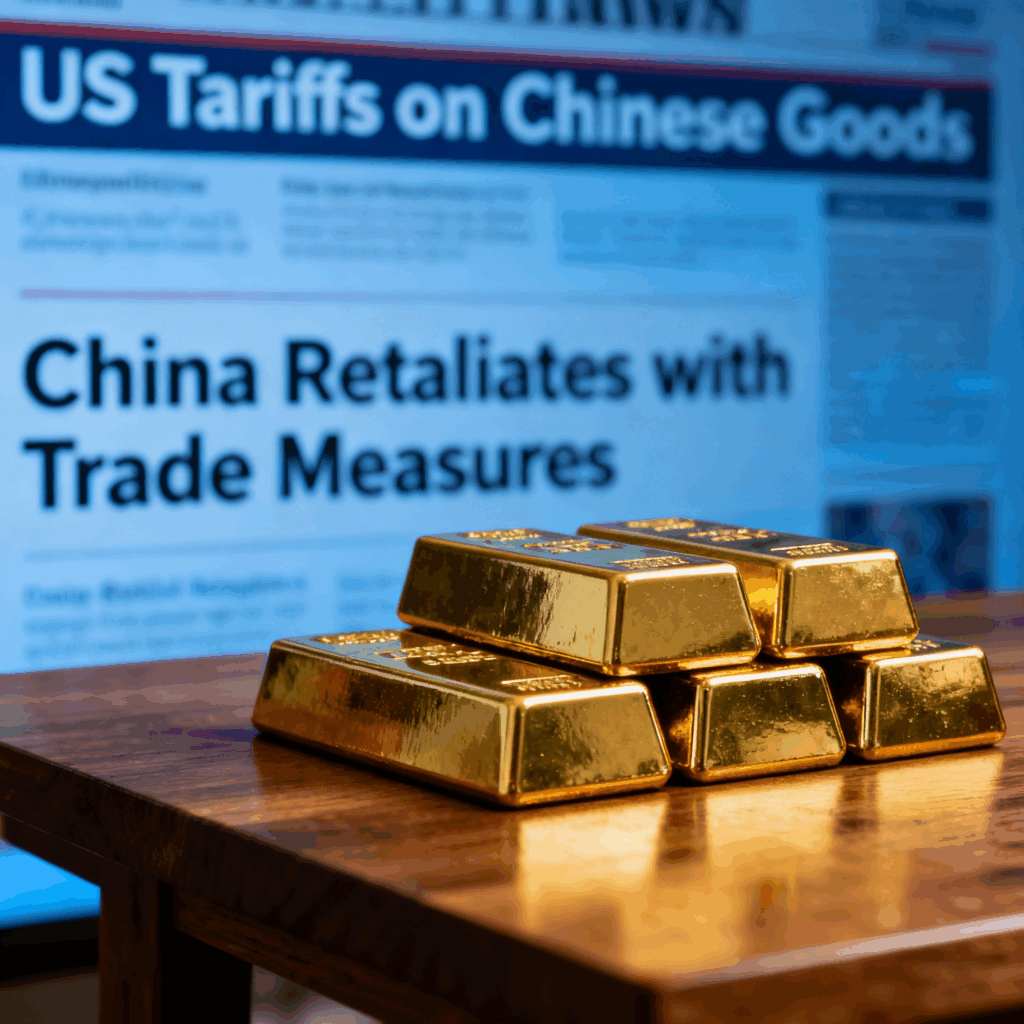S&P 500: 1.92% DOW: 2.20% NASDAQ: 2.31% 10-YR Yield: 4.00%
What Happened?
Choppy trading dominated Wall Street this week, with major indices remaining notably resilient, each closing within just 1% of their all-time highs despite volatility across sectors. Corporate earnings painted a mixed picture: Netflix and Tesla missed expectations and issued cautious outlooks, with Netflix hit by troubles in Brazil and Tesla’s margins shrinking, sending investors to the sidelines. In commodities, gold stole headlines by suffering its steepest weekly drop since 2013, triggered by aggressive profit-taking, a surging U.S. dollar, and fading geopolitical risk, culminating in the largest single-day fall for the metal in over a decade.
Elsewhere, technology stocks tied to quantum computing endured high volatility, initially dropping before rebounding on speculation the Trump administration may take equity stakes in several “strategic American companies”. Meanwhile, Google’s announcement of a major quantum computing breakthrough added to market buzz, reinforcing the narrative that innovation continues to drive select pockets of enthusiasm, despite broader uncertainty around tech giants’ earnings and potential government intervention. Regional bank jitters faded somewhat as policymakers hinted at resolving the government shutdown, and investors digested positive surprises from stalwarts like Coca-Cola and 3M, which helped buoy the Dow to another record close.

CPI Inflation Stayed High In September
- September CPI is up 3.0% year-over-year, with a 0.3% monthly increase; shelter, gasoline, and food drove the gains.
- Shutdown: Now the second-longest in U.S. history, prolonging late delivery of economic data and amplifying market uncertainty.
- Tariffs: Ongoing U.S.-China tariffs and breakdown of Canada trade talks pushing costs higher for consumers; up to 70% of new tariff expenses are being directly passed on to buyers.
The key takeaway – The U.S. government shutdown extended further into the record books this week, now marking the second longest in history and delaying key economic data releases. After a multi-week wait, the September CPI report finally landed and revealed inflation running at a 3.0% annual clip, cooler than some forecasts, but still stubbornly above the Federal Reserve’s 2.0% target. Month-over-month, prices rose 0.3%, led by elevated gas, shelter, and food costs, while categories like used vehicles and insurance saw declines.
Persistent price pressures are colliding with new headwinds from the Trump administration’s expanded tariffs on major trade partners, including China, alongside a breakdown in trade talks with Canada. Most analysts see the marketplace largely discounting White House tariff rhetoric for now, but warn that pass-through costs are increasingly showing up in everything from electronics to home goods, crowding out Federal Reserve room for maneuver and complicating the inflation narrative heading into year-end.

Gold Price Suffers Worst Day in More Than a Decade; Silver, Platinum Drop
- Gold fell over 6% on October 21, its steepest one-day plunge since 2013, losing nearly $300 per ounce.
- The price settled just above $4,100 after peaking north of $4,380 earlier that week.
- The selloff was intensified by surging U.S. dollar strength, record ETF volume, and a swift reversal from month-long overbought technical signals.
The key takeaway – Gold stunned markets with its largest single-day decline in over a decade on October 21, plunging more than 6%, an almost $300 per ounce fall from historic highs near $4,380 to settle just above $4,100 by day’s end. The selloff was fueled by a perfect storm of profit-taking after a relentless year-to-date rally, a surging U.S. dollar, and easing global tensions that dampened gold’s allure as a safe-haven asset. Technical signals reached extreme overbought territory, triggering automated sell orders and an avalanche of ETF outflows as retail and institutional investors rushed to lock in gains.
For many on Wall Street, the move represents a classic market correction rather than a fundamental challenge to gold’s storied reputation. As some analysts suggest, gold remains up more than 50% for the year, and the rapid unwinding serves as a sobering reminder that even the most coveted safe-haven assets are not immune to high-speed volatility and shifting global narratives.
From Around the Watercooler

Social Security Is Giving Retirees a 2.8% COLA Bump for 2026
Sell into the Beyond Meat frenzy
AMD’s stock pops 6% on report IBM can use its chips for quantum computing
Disney warns ESPN, other networks may go out on YouTube TV at the end of the month


